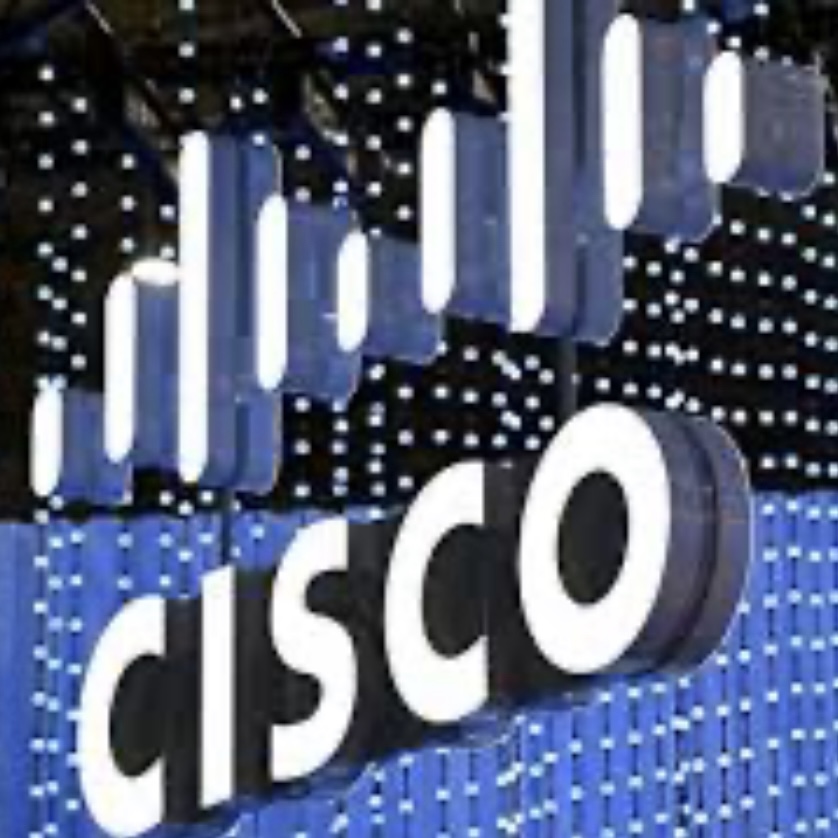The Current AI Digital Deluge: How Can It Be Compared to the 2000 Dot-com Bubble?
2024 年 6 月 1 日 | English Blog
I just happened to come across some analyses that compare the current AI digital wave with the 2000 dot-com bubble, and I find such comparisons quite far-fetched.
Determining whether stocks are being inflated is simple; just look at whether the related companies or industries have any income and decent prospects. If there are no tangible earnings in six to nine months, it’s likely a bubble, and it usually bursts within a year.
In 2000, the internet was just becoming popular, but broadband was still not widespread, and internet speeds were shockingly slow. Text uploads were manageable, but once images were involved, pages became a mess. Front-end website technology was somewhat advanced at the time, but backend database technology was still developing, which was crucial. Without a robust backend security system, websites couldn’t charge fees. However, since development was ongoing, the market was optimistic and impatient. Consequently, there was a surge in websites primarily for browsing. In Hong Kong, for instance, there were companies building exclusive websites for celebrities, leading to speculation.
If we consider recent speculative frenzies, the atmosphere most resembling the 2000 dot-com speculation is the NFT craze of 2022. Like websites, NFTs fundamentally lacked any revenue model, relying solely on speculative future possibilities. When people believe in the value and potential, they rush to acquire related assets, leading to a bubble.
Back then, internet culture hadn’t matured, browsing habits weren’t established, and people were still figuring out the value and potential monetization models. Simply relying on imagination without actual productivity, how could related assets be sustained for long? So, the bubble burst in less than six months.
There was a stock back then called Cisco, which soared due to this speculation. But what did it develop? In short, routers! These low-end technologies faced intense competition, and since Amazon introduced cloud services, the company’s range of physical connection products became ordinary. Consequently, lacking monopolistic power, its stock naturally collapsed.
The current AI boom is different. While providing AI services is costly, the monetization models are established, and major tech companies are already charging for such services. Moreover, the productivity of artificial intelligence is palpable; we all experience its prowess and understand its benefits.
The only thing to be cautious about NVIDIA is: While not like Cisco, its GPUs are indeed ahead of the competition by about a year, and its system is closed somewhat like Apple’s, it’s bound to be caught up with, especially with various tech companies forming alliances to develop an open-source framework for using AI in recent days. This move is clearly aimed at NVIDIA’s closed operations, significantly weakening its monopolistic power.
However, even with this weakening, NVIDIA’s technological depth far surpasses that of a router.